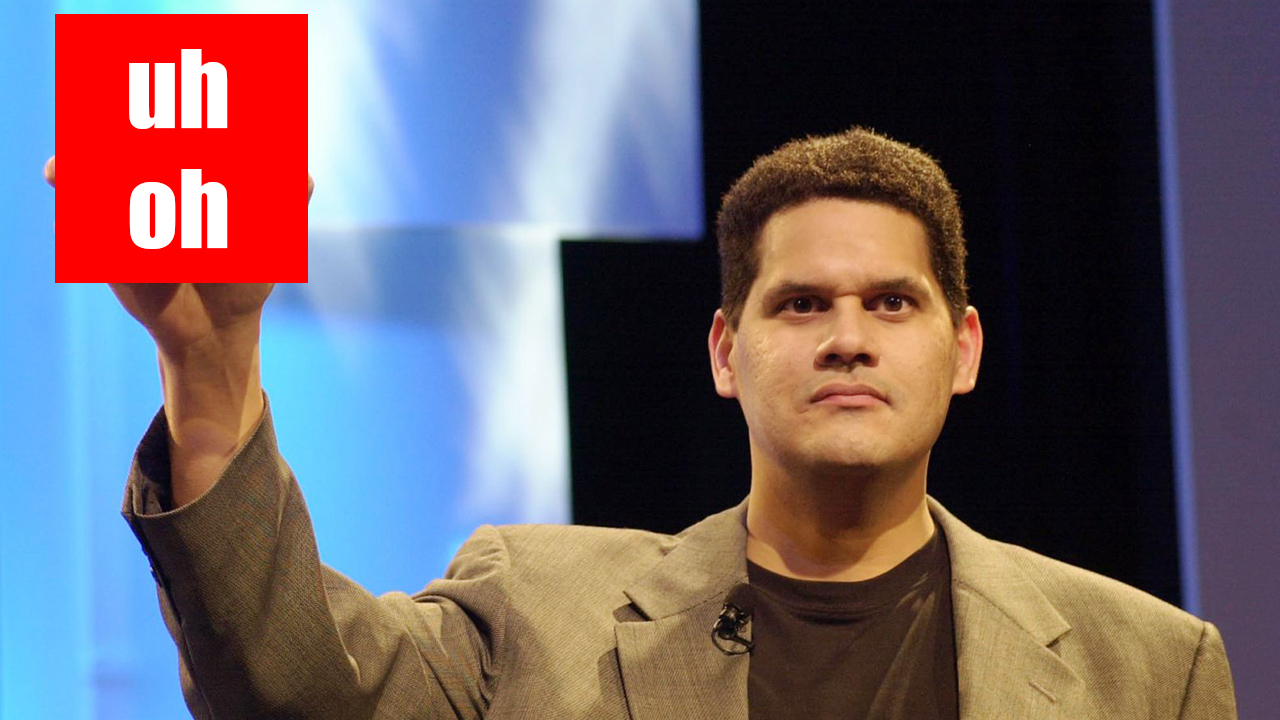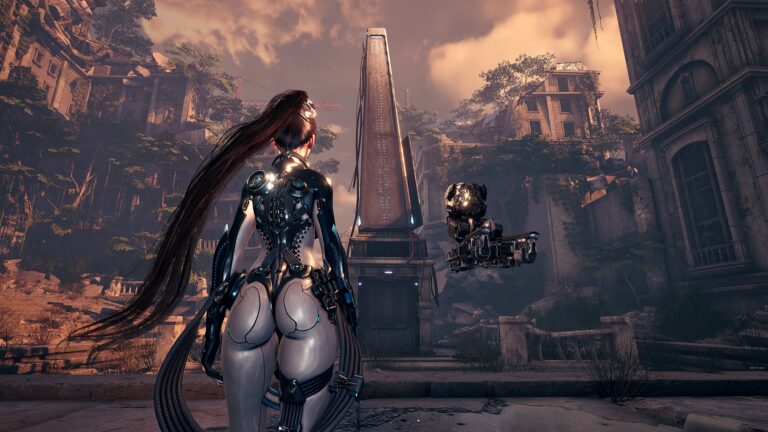While there’s no doubt that Nintendo is a beloved company with a large mass of die-hard fans, it’s still not without fault. With over 40 years of experience in the field, it’s impossible to imagine a gaming company that could produce consoles and titles this long without making a single mistake. In this article we’ll take a look into the journey Nintendo has taken to get to where they are today, mistakes and all. Every slip up is a chance for improvement, and while sometimes it takes a while, Nintendo certainly has improved over the years as we’ll see.
https://www.youtube.com/watch?v=m56tSLIZPtY
3DS PRICE
Although to most it would appear that the DS family is on its way out, there’s definitely still some life left in that portable hardware lineup. One major hit, though, was blown to Nintendo when they tried to make the transition to the original 3DS. While the features promised to be innovative and powerful, allowing a whole new type of game to be enjoyed on Nintendo’s portable consoles, there was one big drawback. The price. Before the 3DS, prices were fairly tame, the DS Lite was launched at just $130 and the DSi was launched at a slightly steeper $150. These prices for the time represented fairly advanced handheld consoles that were able to play a large, and every-growing library of great games from Nintendo. The 3DS took a huge leap when it was launched, though, selling for $250. That was before the 3DS XL, too, it cost $250 for the regular-sized 3DS. In a world where you can buy a Switch Lite for just $200, this price seems outrageous, and it was pretty crazy back in 2011, too. Later in the 3DS’s life cycle Nintendo did bring in much more reasonably priced options, specifically with the 2DS and New 2DS XL, but it’s likely that the DS family could have continued to perform much better had Nintendo not made such a massive leap in the pricing of the 3DS upon launch.
Wii U
It’s no secret that the Wii U flopped pretty bad, but the extent to which this failure changed Nintendo forever is quite drastic. The original Wii was such an enormous success that you could practically find one in every American home, and clearly Nintendo wanted to play off of this to keep the success going with the next generation of consoles. Unfortunately, they leaned so heavily into this idea that other than the gamepad, the Wii U even used the same controllers as the Wii, and saw mostly ports and remakes. These similarities with the Wii combined with the fact that the Wii U promised to be both a home and portable console, while never actually accomplishing this, meant that the Wii U became a colossal failure for Nintendo. This was a turning point, however, as such a failure put Nintendo into reasonably hard times, making it critical that the next console delivered everything that their fanbase wanted. While it’s no doubt unfortunate that the Wii U performed so poorly for Nintendo, we really have its failure to thank for Nintendo putting so much time and effort into developing the Switch into such an incredible console that it is today.
VIRTUAL BOY
The Virtual Boy was by all accounts ahead of its time, although this proved to be a very bad thing as it was really ahead of technology’s time as well. Since this failure there have been some minor rumors surrounding patents with the Nintendo Switch that suggest Nintendo might in fact be almost ready to try virtual reality one more time, but I can’t imagine this would happen without a great amount of consideration. With an initial showcase of just 3 games for the Virtual Boy, it didn’t seem like this new piece of hardware from Ninteno should garner any mass attention, but rather if it was to have success it would be with a specific, hardcore gaming fanbase. The Virtual Boy, though, only ended its life with a grand total of 14 games in North America, which is a much smaller amount than any console would need to succeed, even in a niche market. On top of the abysmal games lineup, the Virtual Boy wasn’t in full color, which was becoming expected of all games during the time. And to top it all off, the Virtual Boy cost about $300 in today’s dollars when it was launched. The concept behind the Virtual Boy was innovative and exciting, but with such poor execution in a time where the technology simply couldn’t meet the expectations, this console was destined to be a failure.
POWER GLOVE
While the Power Glove was not a direct product designed and produced by Nintendo themselves, it was an officially licensed product that has forever left a stain on the company’s reputation. This accessory is another classic example of Nintendo’s hardware looking to make a giant leap into the future of gaming before the proper time, and ultimately failing as a result. While it’s no mystery that the Power Glove failed due to its price tag, lack of usability, and really just the unnecessary nature of the device itself, I believe it does hold a valuable lesson in Nintendo’s history. Time and time again we’ve seen Nintendo make extremely bold moves in the gaming industry, taking great risks to produce something entirely unique. The Wii is an excellent example of how this risk can occasionally produce incredible results, leading a total shift in how gaming progresses into the future. With great risk though, there will always be failures like the Power Glove. While these failures certainly tarnish the reputation of Nintendo, if looked at on a deeper level, they really just reveal that Nintendo is a company willing to take bold risks to produce a unique gaming experience, and these risks always come with the possibility of failure.
NO ONLINE SERVICE UNTIL 2019
This last point is most certainly a hot-button topic within the Nintendo community, but I really do think that the Nintendo Switch Online service is something that needs to be discussed when mentioning Nintendo’s past mistakes. Although I’m sure that many fans would argue that Nintendo creating any paid online service is a mistake in and of itself, I would argue that the real mistake was just how long Nintendo waited to release such a unified service for online play. Sure, we had online play before Nintendo Online, but it was differently executed depending on each individual game, with varied levels of success. In addition to this, because Nintendo was making no money from such services, they had no reason or means to continue development and upkeep of good online services. I really do think that Nintendo unifying all of their online play under one roof that’s able to generate revenue for them is the best move they’ve made in a while concerning software. Sure the mobile app isn’t well refined as of now, but for just $20 a year I think Nintendo should have brought a unified online service much sooner, which could have allowed the Switch to inherit a refined system, rather than have to trudge through the infancy of such a service.
What have been some of your favorite and least favorite parts of Nintendo’s history, let us know in the comments below!
Follow Gaming Instincts on Twitter, YouTube and Facebook for the latest gaming news.
No related posts.






